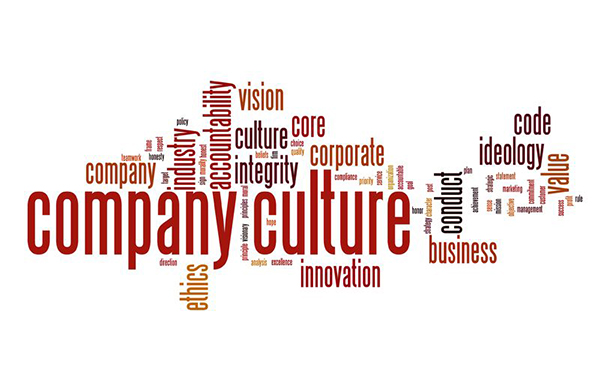“Culture isn’t just one aspect of the game, it is the game.” – Lou Gerstner, Former CEO, IBM
Webster’s Dictionary defines culture as “the integrated pattern of human behavior that includes thought, speech, action, and artifacts and depends on man’s capacity for learning and transmitting knowledge to succeeding generations.” Leadership and management guru Dr. Stephen Covey calls culture “the shared value system of people as manifested in their behavior.”
A more simple definition of organizational culture is “the way we do things around here.” Every organization has a unique way of doing things. A number of business authors have identified different types of organizational cultures. The types that I’ve most commonly observed are the following:
THE COMPETITIVE CULTURE
The first type of organizational culture is competitive. This culture is fast moving and highly competitive. There is a constant drive to constantly outdo what you’ve done before. Much of the focus is on financial growth, and winning work. Examples include brokerage firms, law firms, and construction companies. Such cultures are often stressful environments in which to operate. Only the strong survive.
THE SERVICE CULTURE
In service cultures, pleasing the customer comes first. Decisions are always made with the client’s view in mind. How well the company serves its customer is seen as a differentiator. As such, Service cultures constantly strive to make things “user friendly” in order to create customer loyalty. Examples of this culture include the Ritz-Carlton, American Express “Platinum” Card, and LL Bean.
THE INNOVATIVE CULTURE
Companies that rely on innovation for their livelihood incessantly strive to attract new customers (and wow current customers) with leading-edge technologies and approaches. In the Innovative culture, employee creativity is held at a premium. Innovative cultures have a big appetite for risk-taking, and, as such, the work environment in an Innovative culture is often high-energy. Companies such as Pixar, Apple, and Gore-Tex fall into this category.
THE BUREAUCRATIC CULTURE
Bureaucratic cultures value consistency and process-adherence. In such cultures, predictability is valued more than creativity, and following “the rules” is more important than striving for improvements. The average employee tenure in Bureaucratic cultures is much higher than in the other cultures, often because in such cultures “seniority rules.” Public services and government agencies often fit into this category.
Not every organization will fit neatly into one of these categories, but these categories cover a large majority of organizations out there. Which culture best describes your organization?
Want to learn more about how to make your organization more effective? Giant Leap Consulting offers leadership coaching. Learn more here.



